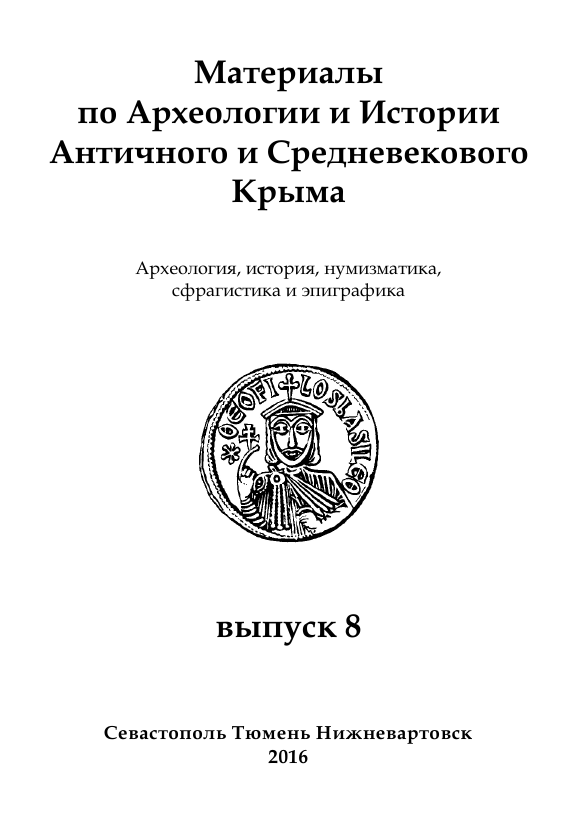Why So Syrian? A Quantitative Bayesian Approach to the Perturbations of the Textual Flow in the Slavonic Recensions of the Pauline Epistles
Why So Syrian? A Quantitative Bayesian Approach to the Perturbations of the Textual Flow in the Slavonic Recensions of the Pauline Epistles
Author(s): Basil LouriéSubject(s): History, Literary Texts
Published by: Нижневартовский государственный университет
Keywords: Slavonic New Testament; Pauline epistles; Oriental versions of New Testament; Syriac New Testament; Ethiopic New Testament; Bayesian posterior likelihoods
Summary/Abstract: ome “Oriental” impact on a very early recension of the Slavonic translation of the five Pauline epistles is demonstrated. The most natural interpretation of this fact is that the Greek originals used for the Slavonic translation were those widespread outside the borders of the ninth-century Byzantine Empire. Moreover, there are some traces of additional editing of the translations from Greek against some Syriac version(s), in the same manner as in roughly contemporaneous Melkite translations of the New Testament from Greek into Arabic. Both I (“Ancient”) and II (“Preslav”) recensions share the above features that, therefore, are to go back to their common archetype, that is, an even more “ancient” recension. Only the earliest Ethiopic version (EthGr) shows an affinity with the Slavonic material comparable to that of the Syriac material. This fact must be interpreted as an affinity of the early Slavonic version with Greek recensions that were circulating before the seventh-century Arab invasion.The quantitative method proposed in this paper is dedicated to comparison of two competing hypotheses concerning the textual flow of a highly contaminated tradition. The method has the following preconditions and limitations: (1) the total number of possible hypotheses must be previously reduced to two: that a specific source of contamination existed or not; (2) in the present (simplest) modification of the method, the hypothesis about the presence of a discussed source of contamination must additionally imply a high value of the signal-to-noise ratio (> 0.5), that is, that this hypothetical source, if it actually existed, was the major source of contaminations of a specific kind (defined above as “perturbations”).
Journal: Материалы по археологии и истории античного и средневекового Причерноморья
- Issue Year: 2016
- Issue No: 8
- Page Range: 615-655
- Page Count: 41
- Language: English

